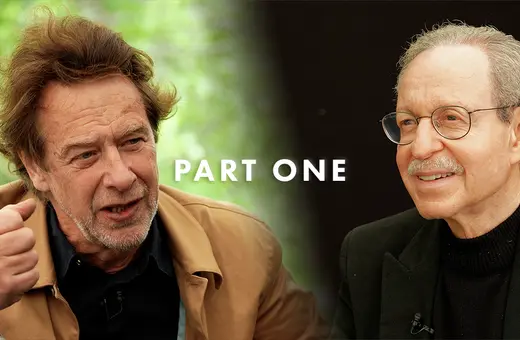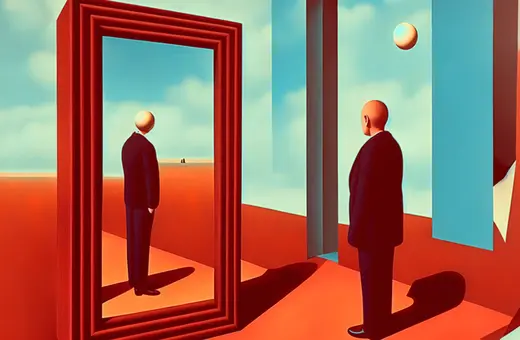Are some parts of reality more fundamental than others? Physics is often said to be more fundamental than biology, because the physical facts are thought to explain the biological facts. But is the world really divided into levels in this way? Naomi Thompson argues that, in fact, we project this structure onto reality, rather than discovering it there. This structure tells us about our ways of understanding and explaining the world, but it does not tell us about reality as it is in itself.
Are universities, chairs and tables, money, and viruses real? On the one hand it seems that they are – we can study at university, thump our fists onto tables, exchange money for food and develop treatments (or fail to do so, with devastating consequences). But on the other hand, these things all seem to depend on other things: universities are plausibly nothing more than the buildings they are located at, the staff that work at them and the students that populate them; chairs and tables are made up of molecules of various kinds; for something to be money seems to depend somehow on our collective decision-making; and viruses are just groups of proteins working together. If these things can be fully explained and accounted for in terms of the things they depend on (as plausibly they can) then perhaps only what they depend on is really real. And if, for example, the chairs and tables are ultimately just made up of subatomic particles, perhaps those are the only things that are really real?
Since (at least) William of Ockham in the 12th century, philosophers have been concerned not to multiply entities beyond necessity: best not to believe in anything more than you need to believe in to get the job done. So if you can explain everything in terms of fundamental physics, maybe you don’t need to believe in anything else. But it does really seem as though there are lots of truths beyond those of fundamental physics, and lots more things than subatomic particles! By taking seriously the idea that some things depend for their existence and their nature on other things, we can both indulge our taste for ‘desert landscapes’ – for not wanting to commit ourselves to more than we have to – and our sense that reality is not like a desert at all. The key is to think that only the fundamental things – the things that don’t depend on anything further – really count; everything else comes ‘for free’.
___
If the structure of reality was totally different to how we think it is, it seems likely our beliefs about it would be unchanged.
___






















Join the conversation